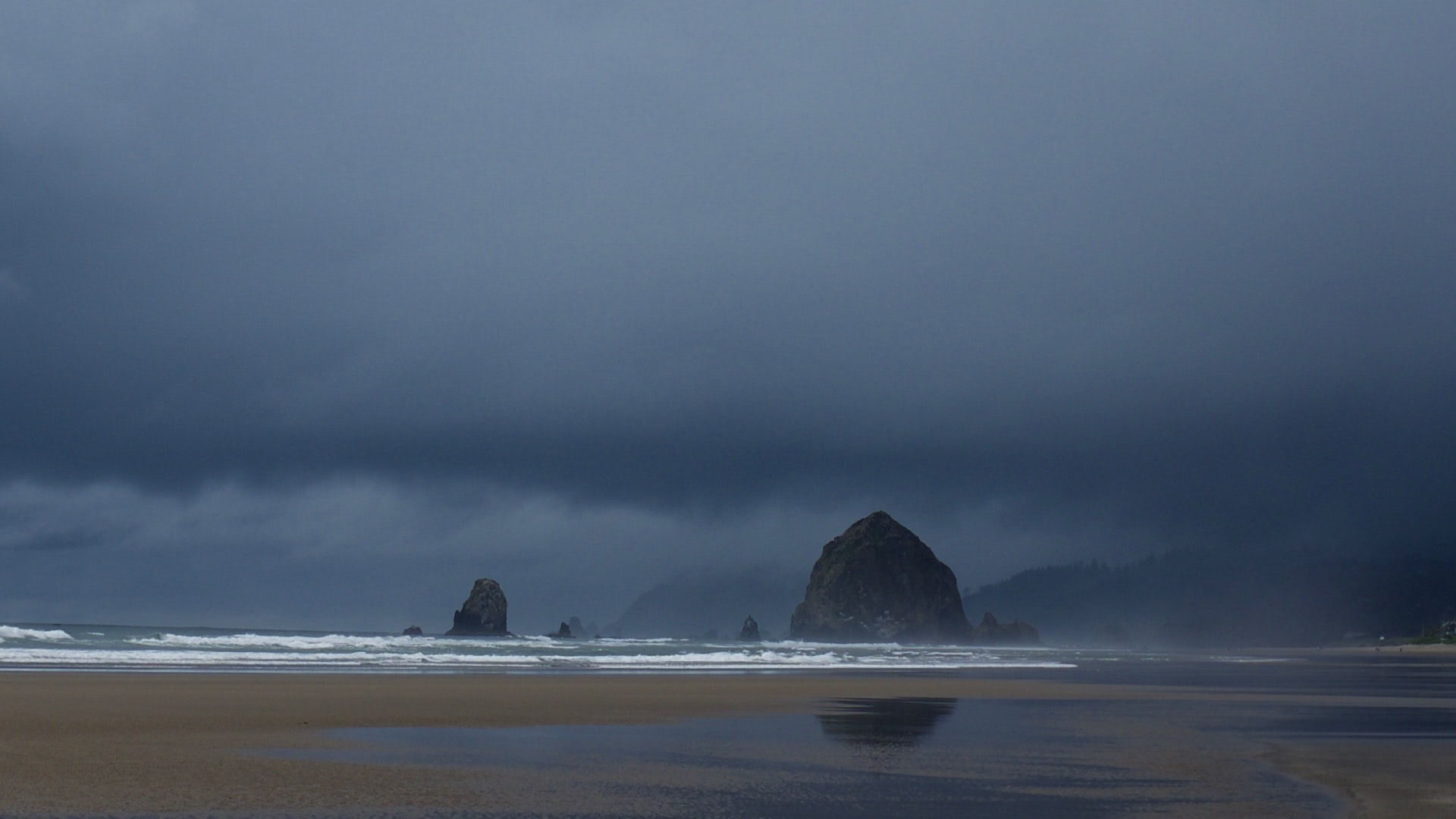

[By Nic Lindh on Wednesday, 14 January 2004]
No End Save Victory is a collection of 44 essays about World War II edited by Robert Cowley and definitely counts as a must-read for anybody interested in this conflict. The essays cover the entire war, from the blitzkrieg in Poland and France to the Japanese emperor’s radio broadcast of his surrender speech, known as the Voice of the Crane.Most of the essays feel like the authors are getting to delve deeper into specific areas of the conflict they feel deserve more coverage than they’ve been getting, and some of them are truly fascinating. A discussion on the effectiveness of the RAF strategic bombing campaign–essentially a systematic terror bombing of German cities, including the fire storm of Hamburg–focuses on the impact of that campaign on the ultimate victory in the European Theater, including the German use of flak cannons rather than more effective fighters for the psychological comfort of the German populace. Apparently a flak cannon consumed more resources–i.e. ammunition and man power–to shoot down a bomber than it cost to build that bomber in the first place.Some of the essays also contain eyewitness testimony from combatants, including a Japanese kamikaze pilot who survived despite his own best efforts, and the diary of John Gabay, a B-17 Flying Fortress tail gunner. Here’s Gabay’s diary entry for a raid on Bordeaux, France, for his actions in which he was awarded the Distinguished Flying Cross:We crossed the Channel to France, then headed south along the French Coast to our target. It was a clear day and we could see the ground, which didn’t happen often. We flew over the city of La Rochelle and ran into moderate but inaccurate flak. I could see the flashes from their gun batteries. They also tried to cover the town with smoke pots, thinking we were going to bomb it. We met a few P-47s, but they left us in a few minutes. A lone 109 attacked a Fort lagging behind. They had their own private war till we started the bomb run. Then the flak came, heavy and accurate. I could hear the bursts and hear the chunks of steel ripping into the ship–a sickening sound. Fighters came through their own flak and attacked us. We were flying Purple Heart Corner again and the FW-190s attacked our ship in threes and fours. [Purple Heart Corner was the low outside position on the formation, and one that enemy fighters found easy to isolate.] I know I damaged some. It was a running fight for almost an hour. We lost an engine and couldn’t keep up with the group. About the same time another Fort lost an engine and we both hung together till we reached the Brest peninsula, then he couldn’t stay with us and lagged back. When he was about 800 yards back, two black-and-silver FW-190s attacked him and blew him in half. I didn’t have time to look for the chutes as both fighters came at us at 6 o’clock level. I poured it to them–a wing came off one and the other burst into flames. The pilot insisted I claim them. We got a few light flak bursts before we left Brest. We were all alone–then I saw a Fort below us ditch. We got back OK. Ship had several flak and machine-gun holes. Had three big holes in the tail and a broken side window.No End Save Victory is highly worth reading, both for the accounts of the human cost of combat and the more high-level strategic discussions, such as the tension between the Prussian military tradition and the Nazi Party and the internal divisions inside the Japanese High Command as the tides of war turned against them.